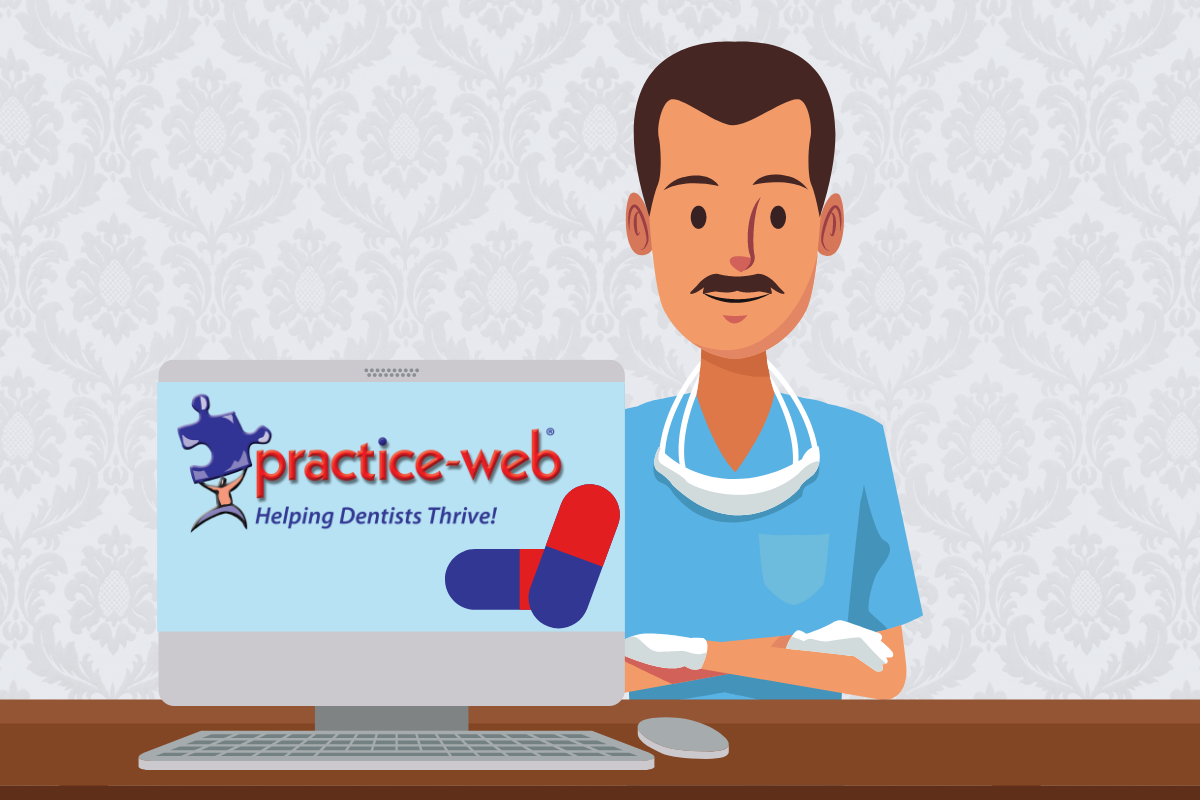We often talk about the new e-prescribing guidelines from a compliance perspective. While it’s true that, if you’re a dentist practicing nearly anywhere in America, you’re either impacted or will be impacted by legislative changes related to prescribing, many of the changes coming down the pipeline are actually benefitting you and your patients.
On this page, we’re going to dig into SCRIPT Standard v2017071 to demystify what’s happening “behind the curtains” and why, plus cover some of the really great ways your practice will be impacted.
The Centers for Medicare & Medicaid Services Are Behind Many of the Changes
Back in 2003, the Centers for Medicare & Medicaid Services (CMS) made major waves in healthcare with the Medicare Prescription Drug, Improvement, and Modernization Act (MMA). Targeting benefit providers of Medicare Part D rather than providers, the MMA’s revolutionary policy required Part D sponsors to support electronic prescribing.
Over roughly a decade, only a few modest changes have been made to the standards originally created in 2003. In fact, the last update was made in 2012. For context, this was the year the iPhone 8 came out and presidential candidates took to Q&A forums Yahoo Answers and Reddit to connect with constituents, marking a groundbreaking foray into cyberspace for politics. Clearly, much has changed in terms of technology and user behavior since then.
The Evolution of ePrescribing is SCRIPT Standard v2017071
CMS issued a final rule in 2018 which adopts the National Council for Prescription Drug Programs (NCPDP) SCRIPT Standard v2017071 for E-Prescribing and Medication History for Medicare Part D and set a deadline of January 1, 2020, for adoption.
Updates happen in a rolling fashion, so while Surescripts, the engine behind most electronic prescribing platforms, is now compliant, pharmacies and software providers like DoseSpot needed to update to comply. In a final wave, electronic health records (EHR) software companies like Practice-Web then had to update to take advantage of the latest compliance features. Surescripts set a deadline of September 1, 2021 for this. True to its user-friendly nature, our preferred electronic prescribing platform DoseSpot is making the transition as easy as possible and Practice-Web will be ready prior to the deadline.
However, not all e-prescribing platforms are heeding the deadline, which means dentists who are not using a compliant platform may lose access to some or all their eRx features come September 1. The concern is compounded by the fact that many states require electronic prescribing, which may mean some dentists will be completely left without the ability to prescribe until they change platforms. It’s with this in mind that we’re urging all dentists using any other than DoseSpot to switch before August 30. If you’re using Practice-Web and need assistance moving over, please contact us as soon as possible.
The New ePrescribing Guidelines Benefit You and Your Patients
Technical concerns aside, these changes are a huge benefit to practices going forward. While there are literally hundreds of minor modifications, a few things you may notice are covered below.
You can send more information to pharmacies.
More information will now automatically be passed from your software to the pharmacy. A few examples include:
- Enhanced Patient Instructions- Historically, the sig field capped off at 140 characters. As of DoseSpot’s August 2021 update, the software will now transfer up to 1,000 characters of patient instructions to ensure they are clear, minimize back-and-forth, and reduce delays.
- Send Compound Medications- Now, medications with up to 25 ingredients can be sent electronically.
- Allergies- Pharmacies will receive notes on allergies added through Surescripts.
Prescribing is safer than ever.
In addition to enhanced information sharing, changes have been made to improve patient safety too.
- Pharmacy Requests- Even if you haven’t prescribed a specific medication for a patient, the pharmacist can now electronically request one, saving time while ensuring the patient receives vital medications.
- Pediatric Prescribing- When prescribing for children, height and weight will automatically pass through with the prescription info, ensuring kids receive the right dose.
Clinical efficiency is improved.
Administrative burden is greatly reduced with the new enhancements. Your team will also save time with:
- Cancellations- No need to pick up the phone if a prescription needs to be cancelled. You can do it electronically.
- Transfers- Did a patient change their mind about which pharmacy they want to use? You can now transfer a prescription from one pharmacy to the next.
All These Benefits Are Layered on Top of Existing DoseSpot Benefits
With countless features to keep you in your natural workflow, from medication alerts within Practice-Web through two-way medication syncs and prescribing on the go through your Dentist Portal, DoseSpot, our integrated eRx Smart Tool, will keep your practice running smoothly and help you maintain compliance with ever-changing state regulations. Watch the webinar replay below to see it in action.
Get Our Electronic Prescribing Smart Tool
If you’re already using DoseSpot in Practice-Web, you don’t need to take any additional steps beyond ensuring you’re using the latest version of Practice-Web. You’ll automatically have access to all new features, including those related to SCRIPT Standard v2017071 and individual state mandates.
If you’re using Practice-Web with no eRx tool or anything other than DoseSpot, sign up for DoseSpot here or contact us to discuss.
If you’re not using Practice-Web yet, request a demo. We’ll walk you through how our all-in-one dental practice management software works, so you can see firsthand how it will boost your production and efficiency.

